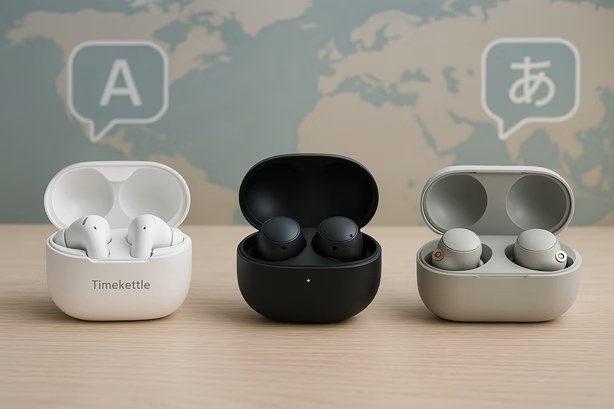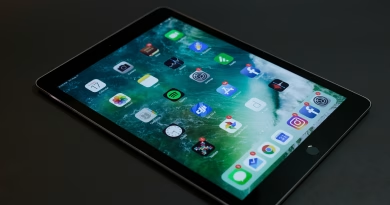Do AI-Powered Translation Earbuds Actually Work? I Tried 3 Pairs
AI is getting into your ears — literally. Translation earbuds are marketed as miracle tools for travelers, digital nomads, and anyone who needs to cross a language barrier without Google Translate. But how well do they actually work in real-time, messy, fast-spoken conversation?
I tested three leading AI-powered translation earbuds over a week of simulated travel and bilingual chats: the Timekettle WT2 Edge, Google Pixel Buds Pro (with Interpreter mode), and Waverly Labs Ambassador. Here’s how each performed.
🎧 1. Timekettle WT2 Edge – Most Accurate, But Not Subtle
- Price: ~$299
- Languages Supported: 40+ (93 accents)
- Emma’s Take
These are designed for face-to-face conversation with a partner — each person wears one bud. The translation was impressively accurate during Spanish-English chats, even when slang was thrown in. But the form factor is awkward. You can’t just pop them in subtly — they need dedicated attention. Plus, background noise confused them a few times.
Verdict: Excellent for sit-down conversations or business meetings — less ideal on the move.
🎧 2. Google Pixel Buds Pro (Interpreter Mode) – Great for Travelers
- Price: ~$199
- Languages Supported: 40+ (via Google Translate)
- Emma’s Take
These use Google’s Interpreter Mode through the Google Translate app — and they do a solid job. I used them in a restaurant scenario asking for vegan options in French, and the response was smooth. The earbuds didn’t handle fast native speech well unless paired with clear enunciation. Still, for travel use, the tap-to-translate UX felt natural.
Verdict: Best for Android users on the go — integrated, functional, and discreet.
🎧 3. Waverly Labs Ambassador – Best for Lectures or One-Way Speech
- Price: ~$179
- Languages Supported: 20+
- Emma’s Take
These aren’t your typical earbuds — they clip onto your ear and work best in listen-only mode, like during a class, tour, or conference. The translation delay was 2–3 seconds, but clarity was solid. They’re not for conversations, though — back-and-forth is clunky and often cuts off speakers.
Verdict: Great for listening to a foreign speaker, not ideal for actual dialogue.
📊 Quick Scorecard
| Earbuds | Accuracy | Real-Time Use | Comfort | Best For |
|---|---|---|---|---|
| Timekettle WT2 Edge | ✅✅✅✅ | ⚠️ Moderate | ⚠️ Bulky | Business, in-person chats |
| Pixel Buds Pro + Google | ✅✅✅ | ✅ Good | ✅✅✅ | Travel, everyday convos |
| Waverly Labs Ambassador | ✅✅✅ | ⚠️ Limited | ⚠️ Odd fit | Lectures, passive use |
🧠 Emma’s Final Verdict
So, do they work? Yes — but with caveats.
AI translation earbuds are not yet the sci-fi-level “universal translator” we hope for. But they’re surprisingly useful if you manage expectations:
- Choose Pixel Buds Pro for casual travel and integrated Android support.
- Pick Timekettle if you want high-accuracy for one-on-one dialogue.
- Go with Waverly Labs for situations where listening is more important than speaking.
Until we can plug in real-time neural translators, this is the best tech has to offer — and it’s only getting better.




